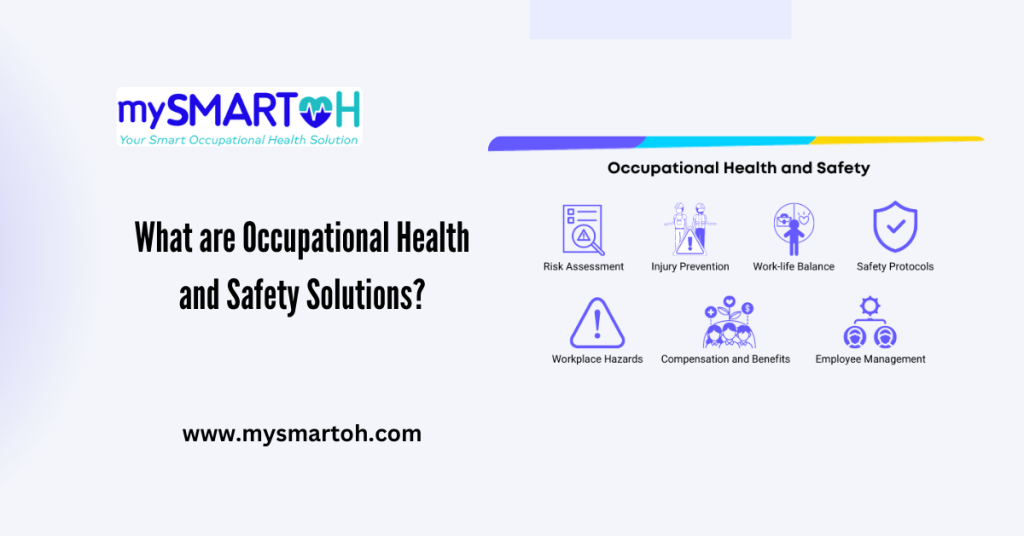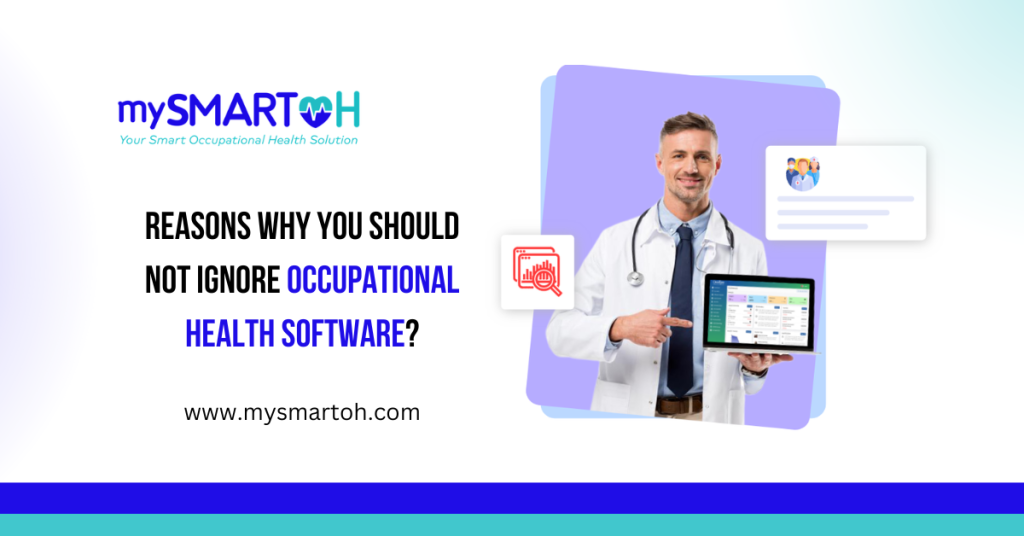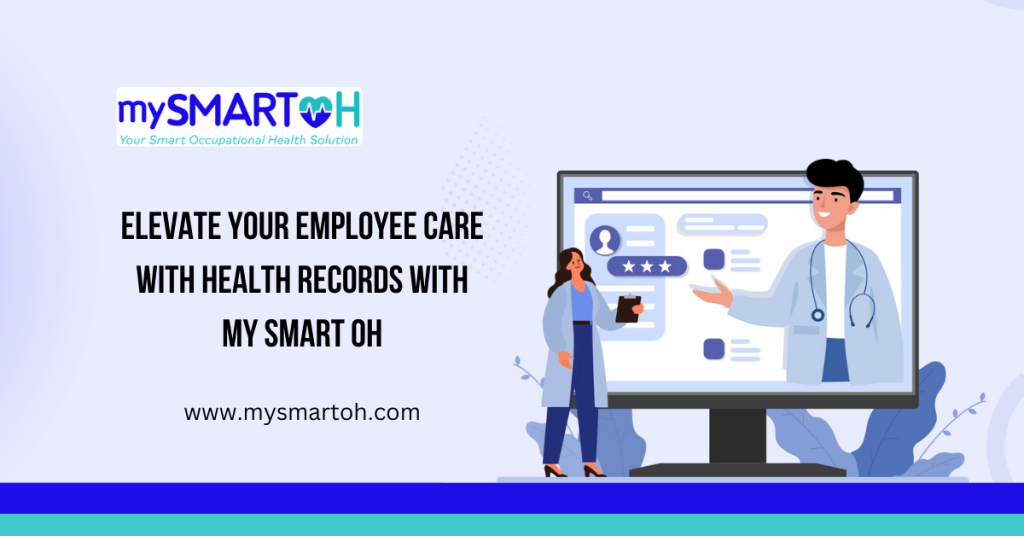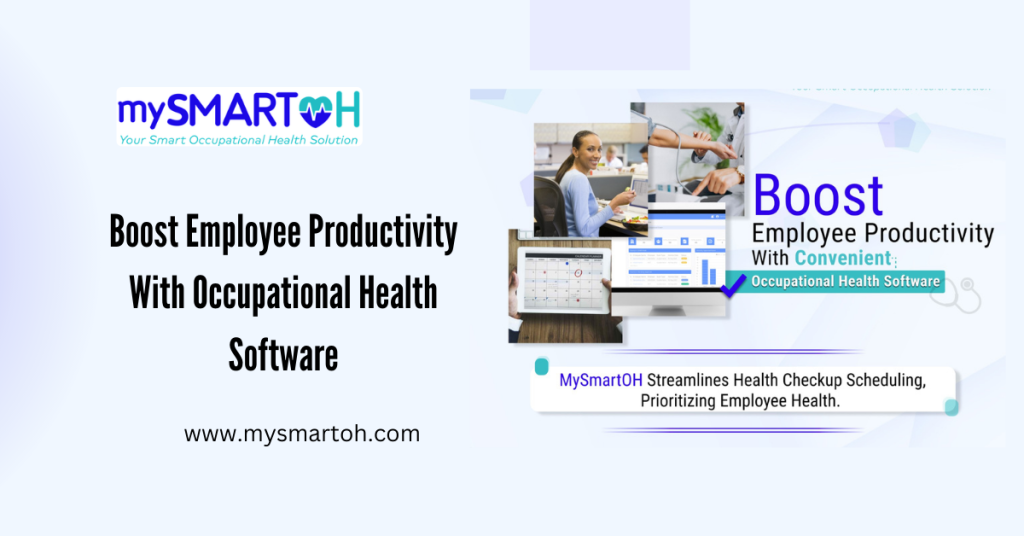Occupational Health and Safety Solutions: Occupational Health and Safety (OHS) is a critical aspect of any workplace, aimed at ensuring the well-being of employees and creating a safe working environment. With the ever-evolving nature of industries and the constant introduction of new technologies, the need for effective Occupational Health and Safety Solutions has become more pronounced than ever.
This blog will delve into the definition, importance, and various solutions that contribute to a comprehensive OHS framework.
About Occupational Health and Safety Solution
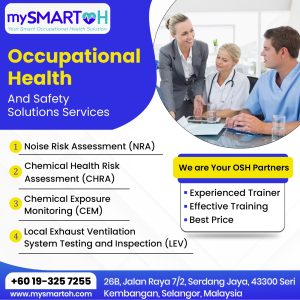
Occupational Health and Safety, commonly known as OHS or workplace safety, refers to the multidisciplinary field concerned with safeguarding the health, safety, and welfare of people at work. This encompasses a broad range of factors, including physical, mental, and social well-being. The primary objective of OHS is to prevent workplace accidents, injuries, and illnesses, promoting a culture of safety and well-being among employees.
Importance of Occupational Health and Safety:
1. Employee Well-being:
One of the foremost reasons for prioritizing OHS is the well-being of employees. A safe and healthy workplace fosters a positive atmosphere, reducing the likelihood of work-related injuries and illnesses. This, in turn, enhances employee satisfaction and productivity.
2. Legal Compliance:
Governments and regulatory bodies mandate specific safety standards for workplaces. Adhering to these regulations not only ensures legal compliance but also protects organizations from potential legal repercussions. Non-compliance can lead to fines, lawsuits, and damage to the company’s reputation.
3. Productivity and Efficiency:
A safe work environment contributes to increased productivity. When employees feel secure in their workspace, they can focus on their tasks without the distraction of safety concerns. This results in higher efficiency and better overall performance.
4. Reduced Costs:
Investing in OHS solutions may require initial capital, but it is a cost-effective strategy in the long run. By preventing accidents and illnesses, companies can avoid the financial burden of medical expenses, compensation claims, and potential legal fees.
Also Read:
Occupational Health and Safety Solutions:
1. Risk Assessment:
Identifying and assessing potential hazards is the first step in developing effective OHS solutions. This involves evaluating the workplace for physical, chemical, biological, ergonomic, and psychosocial risks. Conducting regular risk assessments enables organizations to implement targeted safety measures.
2. Training and Education:
Employee training is a cornerstone of OHS. Educating workers about potential risks, safe work practices, and emergency procedures empowers them to take an active role in their own safety. Regular training sessions should be conducted to keep employees informed about new safety protocols and technologies.
3. Personal Protective Equipment (PPE):
PPE is a crucial component of OHS, providing a physical barrier between employees and workplace hazards. Depending on the industry, PPE may include helmets, gloves, safety goggles, earplugs, and more. Employers should ensure that PPE is provided, properly maintained, and consistently used.
4. Health Surveillance:
Monitoring the health of employees exposed to specific occupational hazards is essential. Health surveillance involves regular check-ups, medical examinations, and monitoring of exposure levels. This enables early detection of health issues related to the workplace, allowing for timely intervention.
5. Emergency Preparedness:
Having robust emergency plans and procedures is vital for responding to accidents or unforeseen events. This includes fire evacuation plans, first aid training, and the availability of emergency response teams. Regular drills should be conducted to ensure that employees are well-prepared for emergencies.
6. Technology Integration:
The integration of technology has revolutionized OHS. Wearable devices, IoT sensors, and data analytics can provide real-time insights into workplace conditions. For example, sensors can monitor air quality, noise levels, and equipment performance, allowing organizations to address potential issues proactively.
7. Psychosocial Support:
OHS goes beyond physical safety and extends to mental well-being. Providing psychosocial support programs, such as stress management and employee assistance programs, helps address the psychological aspects of the workplace, reducing the risk of burnout and mental health issues.
Also Read:
Conclusion: Occupational Health and Safety Solutions
Occupational Health and Safety Solutions are integral to creating a secure and productive work environment. By implementing comprehensive OHS measures, organizations not only comply with legal requirements but also prioritize the well-being of their most valuable asset—their employees. From risk assessments and training to technology integration and psychosocial support, a holistic approach to OHS ensures that workplaces are conducive to both physical and mental health. As industries continue to evolve, embracing and advancing OHS solutions will be paramount in sustaining a safe and thriving workforce.
